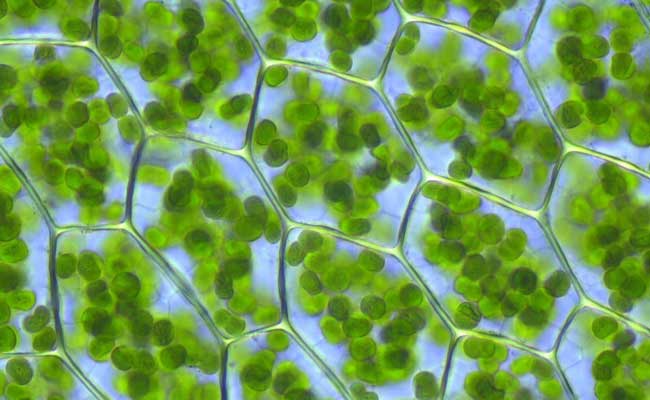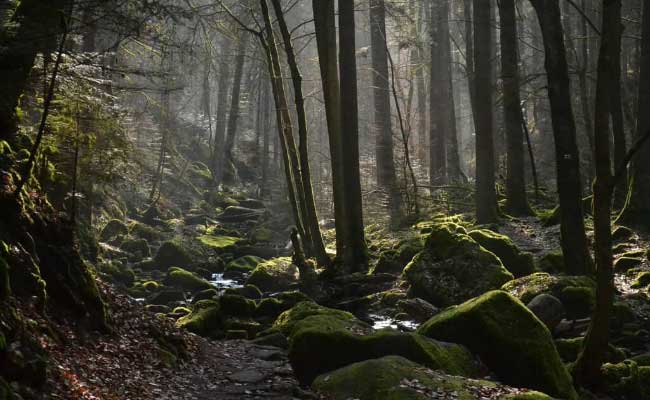7 Oceans and Their Geological Importance: The Earth’s surface is covered by about 71% water, and the world’s seven oceans play a crucial role in maintaining our planet’s balance. These vast water bodies are not just important for navigation and marine life but also hold immense geological significance. Each ocean contributes to the Earth’s geological processes — from tectonic movements and sediment formation to regulating the planet’s temperature and shaping continents.
1. Pacific Ocean
The Pacific Ocean, the largest and deepest ocean on Earth, covers more than one-third of the planet’s surface. It is home to the Ring of Fire, a zone of intense volcanic and seismic activity. This ocean’s geological importance lies in its tectonic plate boundaries, which cause frequent earthquakes and the formation of volcanic islands such as Japan and the Philippines.
2. Atlantic Ocean
The Atlantic Ocean plays a vital role in continental drift and plate tectonics. The Mid-Atlantic Ridge, a massive underwater mountain range, marks a divergent plate boundary where new crust is formed. This ridge is a key site for studying seafloor spreading and the creation of new oceanic crust.
3. Indian Ocean
The Indian Ocean is geologically significant due to the presence of the Carlsberg Ridge and Chagos-Laccadive Ridge, which are important for understanding tectonic plate movements. It also influences the monsoon system and plays a major role in sediment deposition from rivers like the Ganges and Indus.
4. Southern (Antarctic) Ocean
Encircling Antarctica, the Southern Ocean is crucial for regulating global ocean currents through the Antarctic Circumpolar Current. Its geological importance lies in the study of glacial processes, subglacial lakes, and the continental shelf surrounding Antarctica.

5. Arctic Ocean
The Arctic Ocean, the smallest and shallowest of all, offers insights into permafrost layers, continental shelves, and sedimentary basins. It’s a vital area for studying climate change and its impact on polar ice and geological formations beneath the ice cap.
6. North Atlantic Ocean
Although sometimes considered part of the Atlantic, the North Atlantic is geologically distinct due to the North Atlantic Drift and the presence of mid-ocean ridges. It plays a key role in heat exchange and ocean floor studies.
7. South Pacific Ocean
The South Pacific Ocean features deep trenches like the Tonga and Kermadec Trenches, vital for understanding subduction zones and plate movements. These areas provide valuable geological data on how Earth recycles its crust.
The seven oceans are not just vast water bodies — they are dynamic geological systems that shape the Earth’s structure and history. From volcanic activity to tectonic shifts and sediment formation, these oceans continue to influence the planet’s evolution, making them essential to understanding Earth’s geology and natural balance.
Iraya Life Under the Pacific Ocean
Tours And Travels Website Design
![]()





